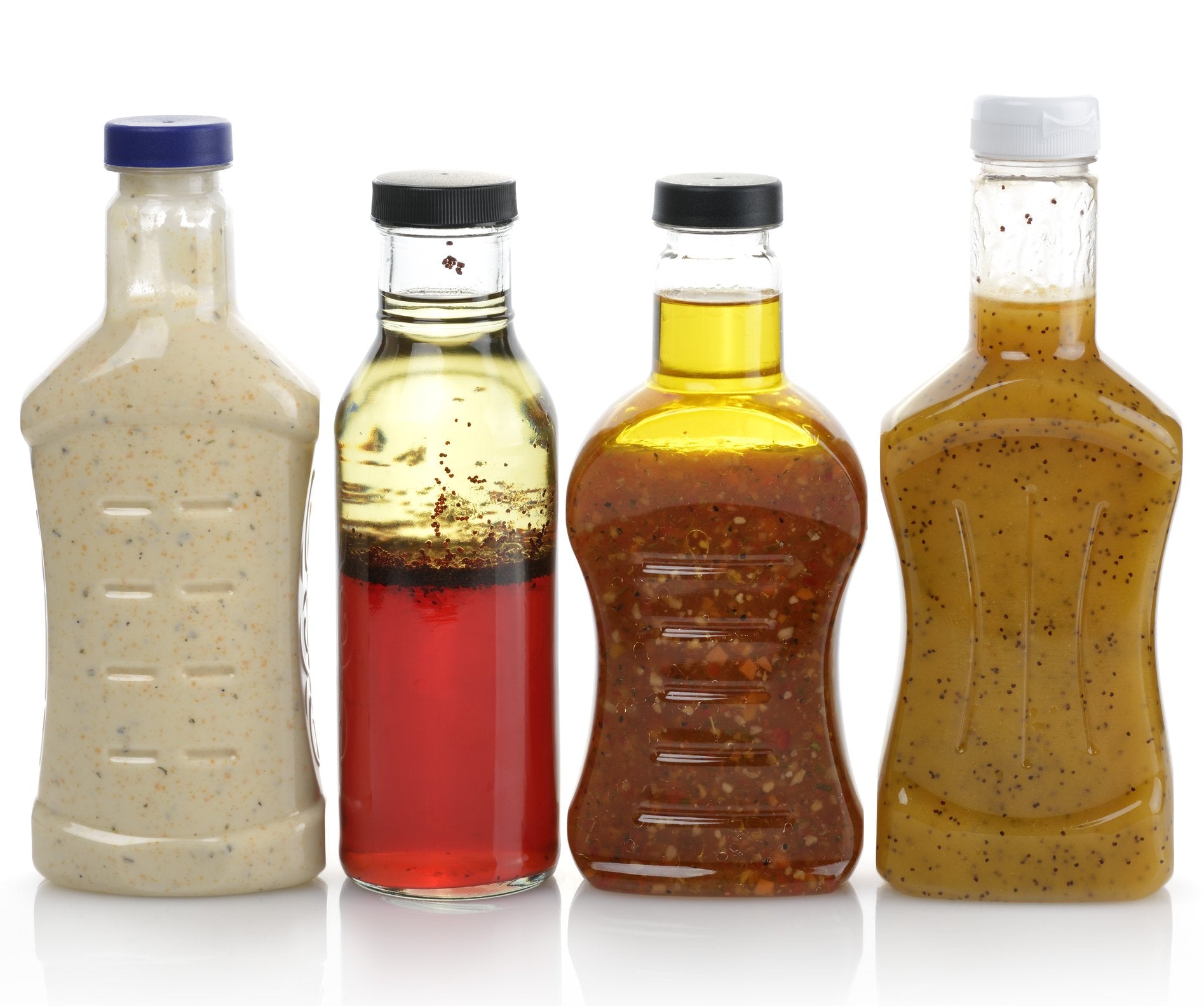Are emulsifiers safe for dietary restrictions?
The Crucial Benefits of Emulsifiers for Smooth and Stable Mixes
Emulsifiers are important in developing smooth and stable combinations throughout different sectors. They minimize surface stress in between immiscible fluids, leading to boosted texture and general sensory experiences. In food and cosmetics, their role prolongs beyond mere mixing; they likewise boost service life and product integrity. Comprehending the kinds and applications of emulsifiers discloses their importance in formula procedures. However, the subtleties of their performance warrant further exploration.
Recognizing Emulsifiers: The Science Behind the Blend
Although emulsifiers are frequently forgotten in daily food preparation and food manufacturing, they play a necessary duty in stabilizing combinations that would or else divide. Emulsifiers are compounds that minimize surface area stress in between two immiscible fluids, such as oil and water. They possess both hydrophilic (water-attracting) and hydrophobic (water-repelling) buildings, allowing them to engage with both phases. This special characteristic enables emulsifiers to form a secure user interface, preventing the splitting up of fluids and fats.
Common instances of emulsifiers include lecithin, typically stemmed from eggs or soybeans, and mono- and diglycerides. These compounds create an uniform structure in products like mayo, salad dressings, and sauces. The science behind emulsifiers hinges on their capacity to develop a stable emulsion, which is crucial for achieving preferable food high quality and life span. Understanding the function of emulsifiers is essential for food scientists and culinary professionals intending for regular outcomes.
Culinary Applications: Enhancing Taste and Structure
Emulsifiers greatly boost culinary applications by enhancing both taste and texture in a variety of foodstuff (emulsifiers). They play an essential duty in producing stable solutions, which are essential for sauces, dressings, and mayonnaise. By making it possible for the even circulation of fats and water, emulsifiers guarantee that flavors are harmonious and well-blended, boosting the total taste experience
In baked products, emulsifiers add to a better crumb framework and boosted dampness retention, resulting in products that are appealing and soft. In addition, they aid extend service life by preventing separation and keeping quality.
In dairy items, emulsifiers aid in producing smooth textures, important for products like gelato and lotion cheese, where mouthfeel considerably affects consumer enjoyment. On the whole, making use of emulsifiers in culinary applications not only raises taste profiles yet also boosts the sensory experience of various food items, making them a lot more satisfying and enticing.

Cosmetic Utilizes: Producing Luxurious Formulations
When developing cosmetic products, the addition of emulsifiers is crucial for attaining smooth and lavish textures. These agents promote the mixing of water and oil phases, developing secure emulsions that improve product performance and user experience. Emulsifiers not only improve the uniformity of lotions and creams but additionally add to the overall sensory qualities, permitting a much more positive application and feel on the skin.
Furthermore, emulsifiers play a crucial function in the efficient shipment of active ingredients, making certain that they remain uniformly distributed throughout the solution. This consistent circulation enhances the product's efficiency, offering targeted benefits such as hydration, anti-aging, and security. In addition, the appropriate emulsifier can present a wanted thickness, preventing splitting up and maintaining item honesty gradually. Eventually, emulsifiers are important in establishing premium cosmetic formulations that fulfill customer assumptions for high-end and effectiveness.
Types of Emulsifiers: Artificial vs. natural
Recognizing the differences in between natural and synthetic emulsifiers is essential for formulators intending to optimize cosmetic items. Natural emulsifiers, acquired from plant or pet sources, include active ingredients like lecithin, beeswax, and numerous gum tissues. They are frequently favored for their skin-friendly residential or commercial properties and biodegradability. Furthermore, they can boost the sensory profile of formulas, providing a much more appealing texture and really feel.
On the other hand, synthetic emulsifiers are chemically crafted to develop particular capabilities and stability. Common examples include polysorbates and stearic acid. These emulsifiers commonly use superior performance concerning emulsification performance and shelf-life stability. Nonetheless, they might increase worries relating to skin sensitivity and ecological influence.
Eventually, the selection between synthetic and natural emulsifiers depends on the wanted product attributes, formulation goals, and consumer choices, highlighting the significance of comprehending their distinct properties. emulsifiers.
The Role of Emulsifiers in Food Conservation

Tips for Utilizing Emulsifiers Properly in Dishes and Products
When making use of emulsifiers in products and dishes, picking the suitable kind is important for attaining desired outcomes. Furthermore, using appropriate mixing methods can greatly enhance the stability of emulsified mixtures. Ultimately, recognizing storage space techniques and life span guarantees the durability and performance of these emulsifiers.
Choosing the Right Emulsifier

Selecting the appropriate emulsifier can greatly enhance the appearance and security of a combination, as the ideal option depends on the details active ingredients and wanted result. Various variables affect this decision, including the type of oils or fats, the existence of water, and the target consistency. Lecithin is excellent for dressings and sauces, while xanthan gum tissue works well in gluten-free baking. Furthermore, the emulsifier's compatibility with various other ingredients plays a considerable duty in achieving the preferred stability. It is vital to consider the temperature variety of the application, as some emulsifiers do better under particular problems. Inevitably, recognizing the attributes of each emulsifier will certainly result in extra reliable formulation in items and dishes.
Proper Mixing Methods
Utilizing effective blending techniques is essential for accomplishing perfect emulsification in products and recipes. Initially, it is very important to introduce emulsifiers progressively, permitting them to distribute equally throughout the mixture. High-shear blending approaches, such as using an immersion or a blender or food processor mixer, can boost emulsifier efficiency by great site damaging down fat blobs. Keeping a constant temperature throughout blending likewise aids in achieving a steady solution, as fluids and fats can blend more efficiently when heated. Furthermore, incorporating components in the correct order-- beginning with the fluid phase complied with by the fat phase-- ensures even circulation. Blending must proceed until the wanted uniformity is reached, staying clear of over-mixing, which can lead to splitting up. Appropriate strategies ultimately cause smoother, extra steady solutions.
Storage and Shelf Life
Although the effectiveness of emulsifiers can significantly enhance the high quality of mixtures, appropriate storage and attention to service life are vital for maintaining their efficiency. Emulsifiers need to be kept in a great, completely dry atmosphere, away from straight sunlight and dampness, which can degrade their residential or commercial properties. It is suggested to keep them in impermeable containers to stop contamination and oxidation. Additionally, inspecting the expiry days and adhering to advised storage space standards can optimize their efficiency. Normal evaluations of appearance and security in mixes can suggest whether the emulsifier is still operating effectively. By adhering to these storage space practices, users can ensure that their emulsifiers stay powerful, resulting in constantly smooth and secure mixtures in products and recipes.
Frequently Asked Concerns
Are Emulsifiers Safe for People With Dietary Restrictions?
Emulsifiers can be risk-free for people with dietary constraints, depending upon their resource and make-up. It's necessary for those with allergic reactions or details nutritional needs to very carefully review ingredient tags and talk to health care professionals.
Exactly How Do Emulsifiers Influence the Life Span of Products?
Emulsifiers improve the life span of products by supporting combinations, preventing separation, and reducing wasting. Their capability to keep uniformity helps ensure long life, inevitably protecting taste, appearance, and general top quality in different food items.
Can I Make Emulsifiers in the house?
Yes, home made emulsifiers can be produced making use of natural components like egg yolks, mustard, or honey. These options can help blend oil and water, but results may vary based upon the details recipe and method used.
What Are Common Emulsifier Allergies to Watch For?
Typical emulsifier allergic reactions consist of responses to soy lecithin, egg yolk, and dairy-based emulsifiers. People with level of sensitivities might experience signs like hives, stomach distress, or breathing issues upon direct exposure to these ingredients in numerous foodstuff.
Exactly How Do Emulsifiers Impact Nutritional Value?
Emulsifiers can affect nutritional worth by enhancing nutrient absorption and bioavailability - linked here emulsifiers. However, extreme usage might result in vitamins and mineral loss or imbalance, possibly impacting wellness end results, particularly in refined foods where they prevail
Emulsifiers considerably enhance culinary applications by boosting both flavor and appearance in a range of food items. In milk products, emulsifiers help in creating smooth textures, essential for items like ice lotion and cream cheese, where mouthfeel considerably influences customer satisfaction. In the domain of food conservation, emulsifiers play a significant duty in preserving the top quality and shelf-life of numerous items. In products like salad dressings and sauces, emulsifiers aid to keep texture and flavor security over time, ensuring that the food remains attractive to consumers. Typical emulsifier allergies include responses to soy lecithin, egg yolk, and dairy-based emulsifiers.